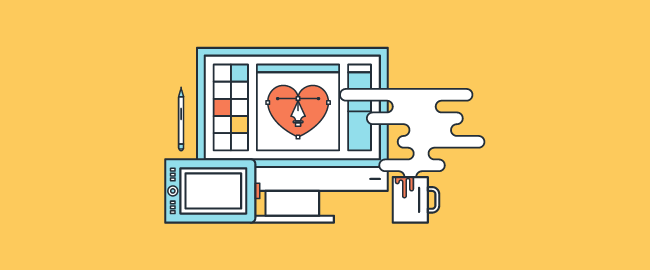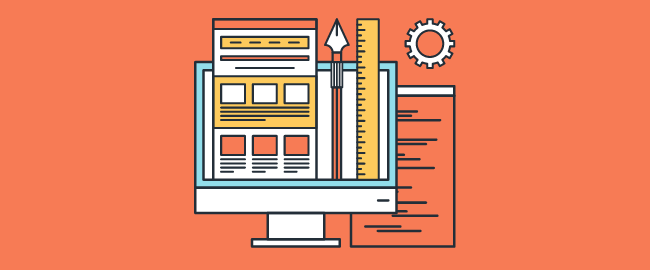Yes, web design is dying. It died a few years ago, it is dying now, and it will die again in the future. What does this mean? To put it simply, this means that web design is an ever-evolving career field that is impacted by many different factors.
A web designer relying on skills and education that they developed five years ago would find their career dead in the water. Likewise, a web designer who believes that the skills they have today will hold up five years from now is fooling themselves.
Web design will remain a viable career option for those that are willing to continually pursue new educational opportunities, work to form solid business relationships, respond to consumer needs, adapt to new technology, understand marketing and branding, and understand that web design is as much about art as it is technology.
Educational Trends Impacting Web Design Careers
The educational trend that is having the deepest impact on the web design industry is continuing shift from the traditionally classroom-based educational model to an open source model of education that is consumer driven.
This new education model offers online, self-paced classes for students who want to learn how to design websites. There are no academic advisers dictating the classes students must take or in which order they must take them. Students simply pick and choose the classes that they believe will be the most beneficial to them.

Khan Academy, Tuts+, Treehouse and iTunes University are just some websites that are adding new layers of innovation to education, especially technical education. Students who take classes provided by these entities won’t receive degrees. To be honest, that usually doesn’t matter to them, and it matters even less to their clients who are much more interested in skills than diplomas.
Bottom Line: Web design career viability depends on the designer’s willingness to increase their skill set via new educational opportunities. As the availability of these educational opportunities has exploded, stagnancy is inexcusable.
The Importance of Designer/Client Relationships
As industries go, the web design market is significantly saturated. There are also increasingly sophisticated tools and templates available to those that wish to ‘roll their own’ websites.

This means that web designers who wish to maintain and grow their design businesses must focus energy on fostering positive relationships with their clients and being responsive to their needs. After all, it is the customer today who has many more options, not the designer.
Bottom Line: Technical prowess is no longer a substitute for communications skills and customer relationship management.
Web Design and New Technology
Web designers that are profitable today are likely profitable because they responded appropriately to the mobile technology boom that began a few years ago. Those who wish to be profitable in a few years will likely adjust their design methods to adapt to new innovations, such as wearable technology.

Another way web designers will use new technology in the future is by adapting the use of tools such as Macaw to design websites over coding websites from scratch. This will be both in response to new technology and response to the increasing demands of customers that website delivery times be much faster than in the past.
Bottom Line: Customer preference will determine the technical focus of the web designer. They must make sure they are paying attention.
Web Design: Addressing Branding and Marketing for the Future
While eCommerce will always be extremely important, the role of the web designer today and in the future is largely that as one who delivers or who facilitates the delivery of content and branding messages to website visitors. This is why in many large corporations, the web design team is part of the marketing department rather than the IT department.

This is because the ability to design web pages that forward the company’s brand is so important that management often decides that web design and marketing should be partnered together as one unit.
For the web design freelancer, future relevance means focusing on understanding marketing goals and learning to design with branding as a primary goal.
Bottom Line: The wall between technology and marketing when it comes to web design has been blown to smithereens. Smart web designers will embrace this by educating themselves about marketing, branding, and content.
The Future of Web Design as an Art Form
Many business owners now use the term ‘user experience‘ when they speak of what happens when customers visit their website. This is because internet users have higher expectations today when they visit websites and those expectations will continue to grow in the future.

These expectations begin with content, but they also include high expectations when it comes to the look and feel of the website. Some of this is related to website navigation, but a good portion of user experience depends on the art design of the website.
Elements such as backgrounds, color schemes, fonts, videos, infographics, and layouts are going to continue to grow in importance when it comes to web design.
Bottom Line: Web designers will need to incorporate art into their development process, or they will need to work closely with people who are able to do so.
Concluding
Web design, at the end of the day, is only as dead as the web designer’s willingness to adjust to industry changes and develop their skills accordingly.
As long as web designers offer good customer service, and can provide websites that function better than websites that customers build themselves, this will remain a viable career field.
Related Topics
Top